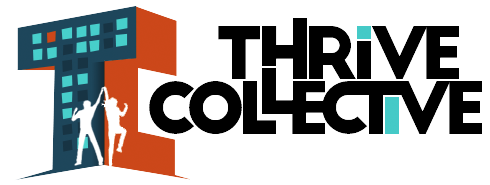NYC’s new Black Lives Matter mural is more than art. It’s the future of urbanism
The process behind the street mural was just as important as the paint job.
BY NATE BERG / Full article here.
So when officials in Manhattan set out to paint their own street mural in the Civic Center—an area adjacent to land that was a burial ground for people of African descent in the 17th and 18th centuries—they knew they couldn’t mess it up. Rather than rushing to get something on the ground, the New York City Public Design Commission, which has jurisdiction over all buildings and art proposed on city-owned property, slowed the process down and listened to the community. “We actually took the time to have the conversations with people that are in the actual Black Lives Matter movement,” says Justin Garett Moore, executive director of the Public Design Commission. …
Doing it right meant much more than closing down the street and passing out the paint rollers, according to Amina Hassen, an associate and urban planner at WXY, named one of Fast Company’s Most Innovative Companies in 2019. To ensure the mural aligned with the broader message of the movement, she says how it got made and who was involved was just as important as how it looked.
“At the end of the day, the mural is what people remember because that’s the tangible object that they will be a part of. But what we knew as collaborators was that the process leading to the mural was just as important,” says Hassen. …
The mural itself was completed on July 3. Each of its three words was designed by a different artist—Sophia Dawson, Tijay Mohammed, and Patrice Payne—and painted on the street in partnership with the local muralist collective TATS CRU and a youth arts nonprofit called Thrive Collective. All the people and organizations involved were selected for their alignment with the anti-racist principles of the Black Lives Matter movement, and with a careful balance of genders, sexual orientations, and religious backgrounds. …
The mural was also supported technically and financially by what Moore calls allies—mostly white architecture and design firms “who understood that they had a role and agency and resources to amplify the voices of members in the Black Lives Matter movement,” he says.It’s important that predominantly white fields such as architecture and urban planning participate in these kinds of projects, says WXY architectural designer Jhordan Channer, who was also involved in coordinating the mural project. And it’s particularly relevant for the type of work they do.
“Very often, people making decisions about what goes on the street or what building goes up, they’re not really aware of issues facing members of the community that they’re putting things on the streets in,” he says. “So as far as taking time with this process, it’s something that I definitely think needs to happen in the wider urbanism conversation.” This kind of process may represent a new way of engaging in the design of spaces within communities, Channer argues.
“I mean, it’s a mural, but it could be like a paradigm for urbanism as a whole.”
What a gift to be invited to participate in this historic mural, and for FastCompany to endorse our conviction that collaborative public art making is the future of urbanism.
Since launching in 2014, the tagline for our School Murals program has been, “Public Art Transforming Public Schools,” and its rationale:
“School Murals by Thrive Collective creates public art that transforms public schools into centers of creative collaboration and change. They raise the bar of possibility as students, faculty, families, and artists conceive and execute a shared vision, together. Their permanence serves as a continuing reminder of what’s possible when communities and schools partner for sustainable change.”
Thank you to all the public officials, WXY Studio, and especially Tats Cru for trusting us as collaborators.






Leave a Reply